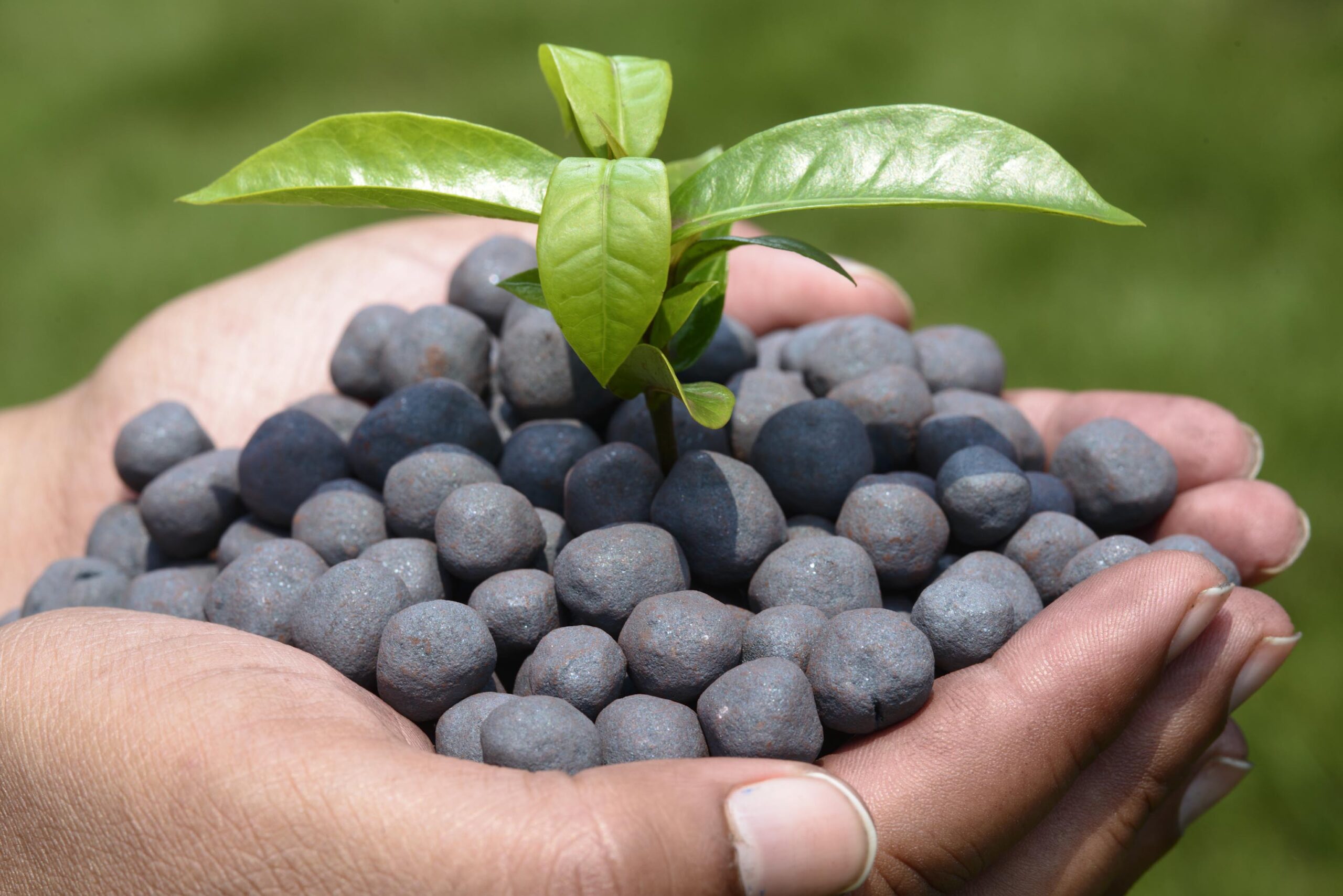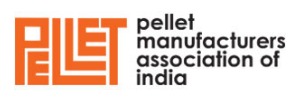
Pellet Manufacturers Association of India
PMAI is the official industry body of Pellets Manufacturers in India. It was set up in 2013 with a fundamental premise to have a common forum for its members to share and exchange each other’s views and problems, to promote and protect the interests of the Indian Pellet Industry. PMAI members include stand-alone Pellet plants as well units producing down – stream products like Sponge iron and finished Steel.
The Association, in its multi-dimensional role, represents the Indian Pellet Industry and provides a common platform for regular interface with the Government of India and other regulatory authorities.
The Association concentrates on market development, compilation and dissemination of industrial data and technical and commercial information, relevant to the pellets industry in the overall value chain from mines to Steel. PMAI endeavours to provide essential information for decision making in the current fast changing business environment.

A schematic diagram of each technology and brief process details are given below:
- Travelling Gate Technology: Travelling grate technology is the proven and widely used induration furnace technology
- Grate Kiln Technology
- Circular Pelletizing Technology (introduced by Voestalpine/ Siemens) – The world’s most compact pelletizing plant facilitates integration at the mine or within a steelworks.
Technical Characteristics of Iron ore and Pellet
Pelletizing technology is an innovative way to produce pellet from iron ore fines which are mine’s waste materials. Pellet is basically iron oxide ball which contains all types of properties. These properties are influenced to blast furnace performance in terms of productivity, blast furnace permeability and coke rate. Nowadays, most of the industries are looking for value added pellet with balanced chemistry, so that blast furnace slag basicity and slag volume are well maintained without charging raw fluxes. As each of the raw flux materials like limestone, dolomite, quartzite and pyroxenite are having high quantity of LOI (loss on ignition) which will occupy more space within the blast furnace and hence reduces the burden movement. Iron ore fines are also having high LOI and high fineness which cannot be used in blast furnace with the available technology. This also leads to poor blast furnace performance.
Genesis of Pellet Industry in India
The Pellets industry started in India during the 1960s with the setting up of Mandovi Pellets plant in Goa. Subsequently a PSU, namely Kudremukh Iron Ore Company Ltd (KIOCL) set up the first 3 MTPA large scale pellet plant in Mangalore in 1987. Later on the capacity was increased to 4 million tons per year. Pellet plant at Tata Steel came up in 1980s.
The Government of India gave a big fillip to the Pellet Industry with a view towards conservation of iron ore resources by giving incentives in the form of Policy recommendations like:
- In order to encourage this industry, the Hon’ble Union Finance Minister in Budget Speech of 2011 -12 at Sl.No.164 stated the following –
“Iron ore is also exported in a value-added, pelletized form. Full exemption from export duty is being provided to iron ore pellets to encourage the value addition process for fines”.
- Further, in the Budget Speech of subsequent year (2012 -13 at sl. No. 191), he also stated:
“To encourage enrichment of low-grade iron ore, of which we have huge reserves, I propose to reduce basic customs duty on plant and machinery imported for setting up or substantial expansion of iron ore pellet plants or iron ore beneficiation plants from 7.5% to 2.5%”.
What are pellets?
Iron Ore Pellets & Pellet Making
Major forms of iron ore agglomerate – Sinter, Pellet & Briquette
- Sinter: Sintering is the process of compacting and forming a solid mass of material by heat or pressure without melting it to the point of liquefaction
- Pellets: the process of pelletization enables converting Iron Ore Fines into “Uniformed Sized Iron Ore Pellets” that can be charged into the blast furnaces or for Production of Direct Reduced Iron (DRI). Pellets are uniform size, with purity of 63%- 65% contributing to faster reduction and high metallization rates.
- Briquettes: A small brick-shaped product, made of compressed coal dust, sawdust, charcoal, etc, used for fuel
How Pellets are different from Iron ore
Technologically speaking, both are totally different materials. We need to differentiate between Minerals, which are simply mined from the earth and loaded into wagons as such. There is hardly any ‘value addition’ in the process of excavating Iron ore from mines.
On the other hand, Iron ore pellets are value added: Iron ore fines are subjected to several process steps like mixing with binders, balling to form green pellets, induration (heating) at 1350 degree C involving drying, firing and cooling of pellets. This is a ‘manufacturing activity’ and hence the finished products, called pellets earn revenue by way of excise, besides giving gainful employment to a large number of people.
Technologies for Pellet Making
There are several iron ore pelletizing processes/technologies available. Some of them are Shaft Furnace Process, Straight Traveling Grate Process, Grate Kiln Process, Cement Bonded Process (Grangcold Process, MIS Grangcold Process, Char process etc. and Hydrothermal Processes, (COBO Process, MTU Process, INDESCO Process) etc.
Pelletization processes – Currently, Straight Traveling Grate (STG) Process and Grate Kiln (GK) Process are more popular processes. Recently, a new technology called Circular Pelletizing Technology (CPT) has been developed and the world’s first CPT plant has been set up in Odisha (India).








